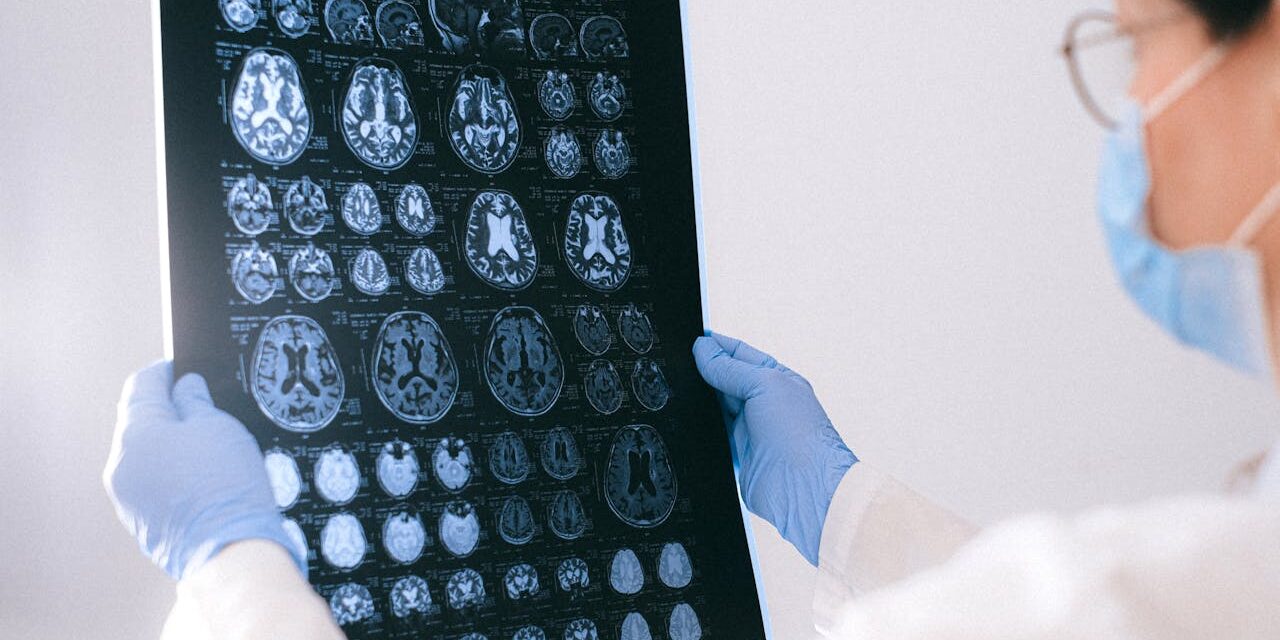Teleradiology is the process of electronic transfer of X-rays, CTs, MRIs and other radiological images of a patient to radiologists or physicians present at other locations for diagnosis. It requires computers that are loaded with specialized software and have a LAN or Internet connection.
The images may be sent to a doctor in the same hospital or a remote location.
Table of Contents
Growth of Teleradiology
Doctors have been providing consultations from remote locations for ages. The use of radiotelephone on the ship Queen Mary in 1930s, and closed-circuit and broadcast television in the 1960s-70s can be seen as precursors of teleradiology.
The increasing use of computer-based exchange of medical data in the 1980s provided the base for teleradiology to evolve into the form in which it exists today. Its growth received a fillip in the 1990s as computer prices and telecom tariffs crashed.
This mode of consultation is available not just on Earth but even in space.
Astronauts on the International Space Station demonstrated its use and reach by scanning each other’s shoulders, under the guidance of specialists at NASA’s Telescience Center in Houston, and sending the images back to Earth for evaluation.
How the Patient Benefits
Teleradiology allows patients to access specialists’ services, which their hospitals may be unable to afford. It is also helpful for hospitals whose radiologists may be overworked or lacking in a specific sub-specialty expertise.
The service helps understaffed hospitals to clear up the backlog and reduce the burden of work on their employees. It allows radiology-related services to be available 24/7. Doctors can use it to get a second opinion.
Other Benefits of Teleradiology
Hospitals and patients save money by outsourcing the interpretation of radiological images. The specialists diagnosing the images may be located in the US or in other countries such as India or Australia. It has also given birth to a new business avenue – on-call teleradiology. These centers provide services to small hospitals that cannot afford to employ teleradiology specialists and attend to more prominent hospitals’ off-hour calls.
Teleradiology can prove to be a boon in disasters striking remote locations or even to army troops sent across the globe. The service can be used to train students of radiology and inexperienced radiologists in the finer nuances of the field.
Afflicted with Red Tape
Practitioners of teleradiology in the US need to hold a license in a state from which they receive images and provide interpretations. They must also be certified by the hospital utilizing their services.
American and foreign radiologists play safe by obtaining a license in every state. State medical societies fear teleradiology will affect their business and lobby for more restrictions on its use. Also, teleradiology equipment requires approval from the Food and Drug Administration.
Health Warning
The lack of systems integration among locations, within and outside the US, remains a challenge. Also, since there is no real-time interaction, the diagnosis may be affected if the remote radiologist is unable to access additional information he may need.





